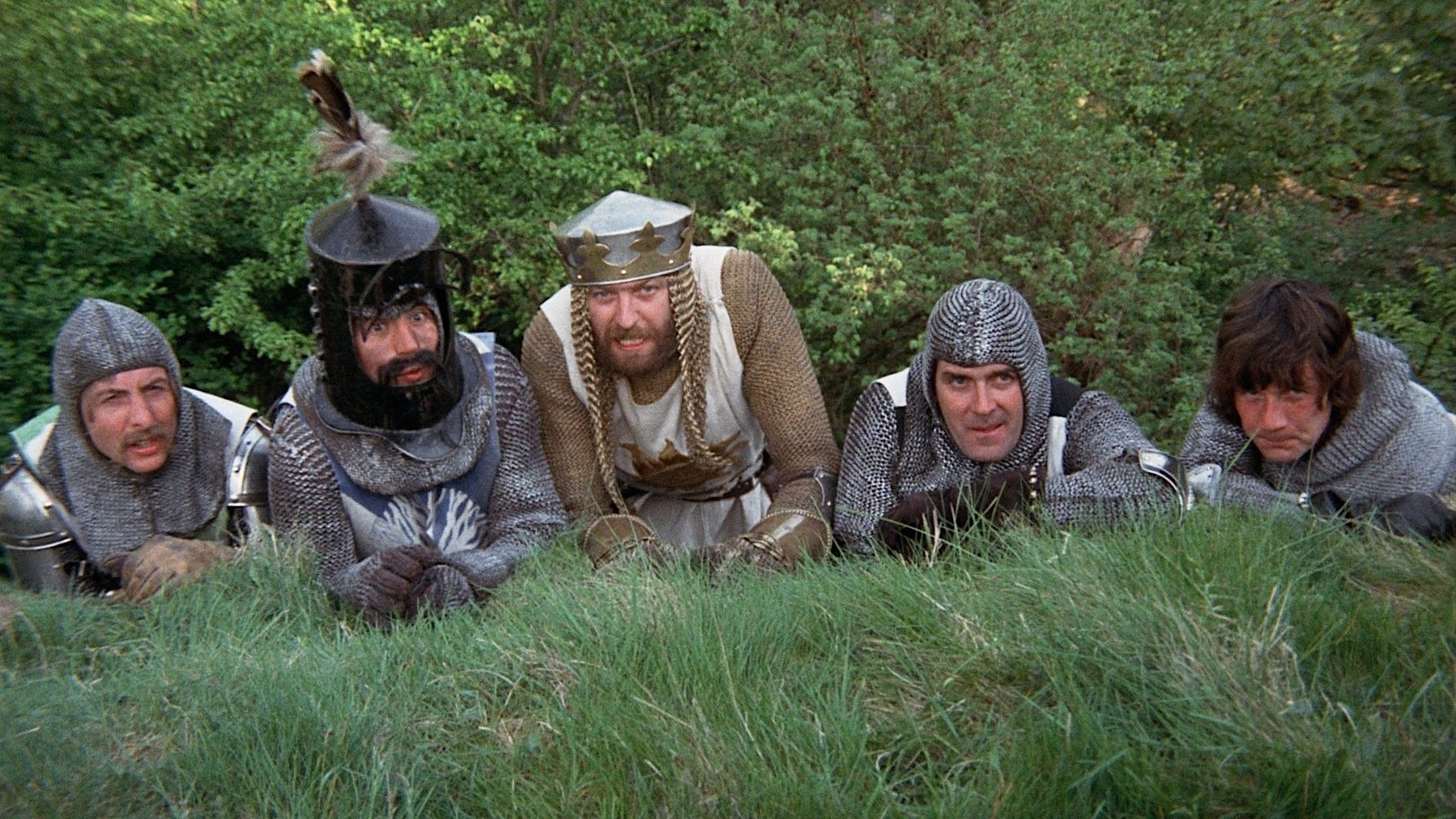
"The Pythons' prior feature sank without a trace, leading them to seek funding from fans and British rock stars, ensuring Monty Python and the Holy Grail got made."
"Monty Python and the Holy Grail was initially overlooked at release, but the Python brand gained traction with PBS's airing of Monty Pythonâs Flying Circus in 1974."
"Though 1975âs Jaws shifted industry focus to younger audiences, films like Monty Python and the Holy Grail exemplified the creative risks taken during the New Hollywood era."
"The success of Monty Python and the Holy Grail showcases how grassroots fan support can empower filmmakers, illustrating a unique relationship between culture and commerce in cinema."
In 1975, the film industry shifted towards catering to younger audiences, a change ignited by the success of Jaws, despite its lasting mark on cinematic entertainment. However, several memorable films emerged that year, notably Monty Python and the Holy Grail, which began as a passion project funded by fans and British rock stars due to lack of studio interest. The cultural landscape was further enlivened by PBS airing Monty Pythonâs Flying Circus in the U.S., paving the way for Grail's eventual recognition and impact on comedy.
Read at 48 hills
Unable to calculate read time
Collection
[
|
...
]